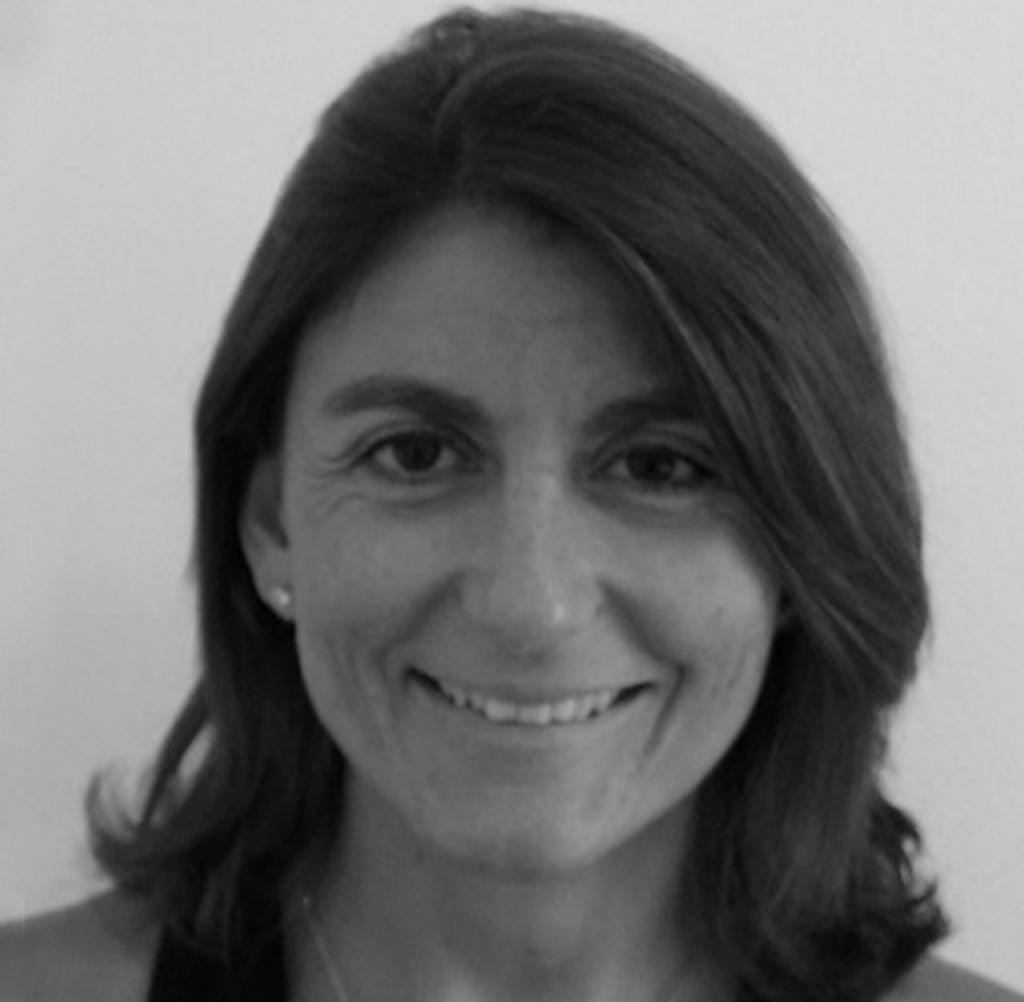Thermal comfort: a decisive factor in the quality of life of the elderly

An investigation to improve ageing according to the climatic zone of residence
The number of older people has increased in recent years. In 2017, it is estimated that there were 962 million people aged 60 or over in the world, representing 13% of the world's population. The population of 60 years or older is growing at a rate of around 3 percent per year. It is also expected that the number of people aged 80 years or more will triple by 2050, and by 2100 increase to almost seven times its value in 2017. This trend explains the growing demand for long-term care services, such as the Care Centers for the elderly. In addition, considering that older people spend a considerable part of their lives inside, their thermal comfort of this population group is of great importance.
Determine the influential parameters in thermal comfort is necessary both to design pleasant spaces and to ensure the well-being and health of the occupants of buildings. Good design and management of buildings not only provides a comfortable thermal sensation to the occupants, but also determines the amount of energy consumed by the building's cooling and heating systems. In the current context of climate change and global warming, the inclusion of the concept of thermal comfort in the standards allows adopting new strategies of efficiency and energy saving and consistently meet the requirements of sustainable development.
Both the international standards ISO 7730: 2005, ASHRAE Standard 55: 2013 and EN 15251: 2007 aim to specify the environmental conditions recommended for a middle-aged population. Field studies show that current existing regulations can not be applied to older people because their thermal responses are different. This segment of the population has very specific characteristics such as lower activity levels, lack of vasoconstriction that can reduce the thermal sensation, or more tolerance to heat that can cause dehydration in summer, among others.
To improve ageing and quality of life of citizens in the cross-border area of the Cooperation Space of Spain and Portugal, this project aims to determine the influential parameters in thermal comfort for older people, taking into account that in the cross-border area coexist two different climates: Atlantic climate and Mediterranean continental climate. The multidisciplinary team (Spain and Portugal) will allow to evaluate the different climatic zones, compare them and determine their specific characteristics.
Five Care Centers for the Elderly will be selected in the Atlantic climate zone and five in the Mediterranean continental climate zone.
The Construction Research Group (GRIC) of the Polytechnic University of Catalonia (UPC) led by Dr. Núria Forcada together with the company Sanitas
Seniors led by Marc Vallet, head of buildings and environment will carry out the analysis of residential centers of Mediterranean continental climate (Spain). Sanitas Mayores have 46 centers throughout Spain and have already monitored data on temperature, humidity, consumption, etc. Sanitas Mayores has signed an agreement with the UPC to develop this project.
On the other hand, the Institute of Public Health of the University of Porto (ISPUP) led by Dr. Ana Sofia Mendes will be responsible for analyzing the residential centers of the Atlantic climate (Metropolitan Area of Porto).
Various environmental parameters (air temperature, average radiant temperature, air velocity and air humidity) of the common areas of the residences, external conditions (temperature and relative humidity), physical activity, clothing will be analyzed throughout the year. and thermal sensation of the residents.
At the same time, residents will be surveyed in different seasons of the year to determine:
the thermal sensation (ST) within the Ashrae scale (Cold (-3), Cool (-2), Slightly cool (-1), Neutral (0), Slightly hot (1), Hot (2), Stifling (3 )).
preference (P) (Cooler (-1), Unchanged (0), Warmer (1)).
the degree of acceptability (A) (Acceptable (1), Unacceptable (0)).
Residents with a Cognitive Impairment and a mild or medium Dependency Degree will be selected. To avoid possible biases in memory and memory, questions will be limited in time and will be direct and easy to understand. They will be carried out during the realization of cognitive stimulation activities (workshops). Taking into account that the outside temperature varies throughout the day and to have a global vision closer to the reality of the centers, different groups of residents will be surveyed in the morning and another group in the afternoon.
With these data, will be analyzed the influential factors in thermal comfort for this population group and will be developed analytical models that determine the characteristics of their thermal well-being within the different climatic zones.
The application of comfort models for older people offers the possibility of improving their quality of life and at the same time offers great potential in saving energy.
This project will allow:
- Study environmentally a segment of population not analyzed to date.
- Verify that older people do not fit within the thermal comfort methods currently in place.
- Obtain a currently non-existent model of environmental slogans.
The results of this research can be applied to nursing homes, day centers, civic centers, homes for the elderly, etc. located in the cross-border area of Spain-Portugal.
These models can be used to design new environments or to evaluate existing ones, checking if a certain thermal environment satisfies the comfort criteria and establishing the requirements of the different levels of acceptability for the elderly.
These models can also be used to manage existing nursing homes by determining setpoint temperatures in the different areas, thus improving the well-being of the residents and helping to determine possible energy efficiency improvements to be carried out in the centers.







